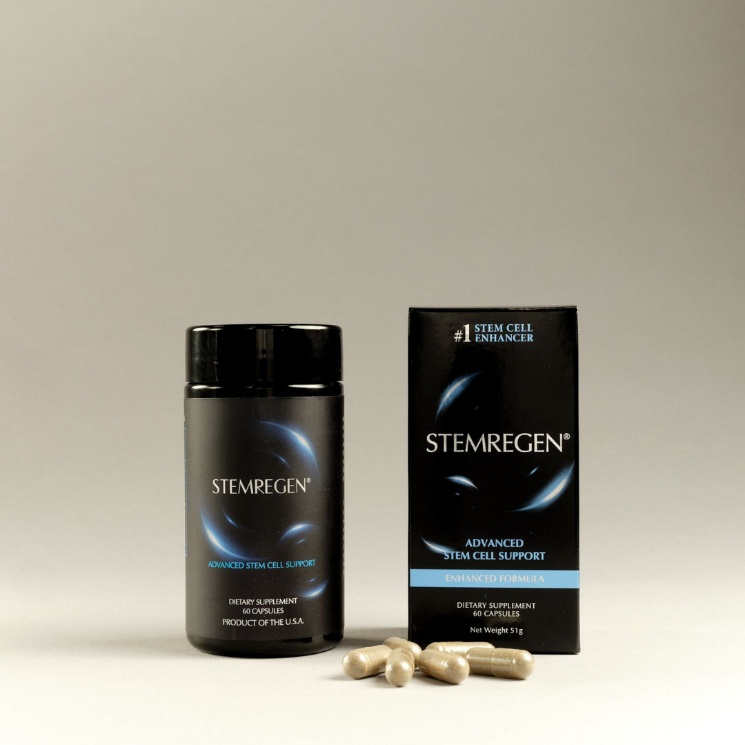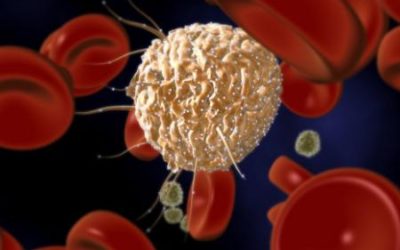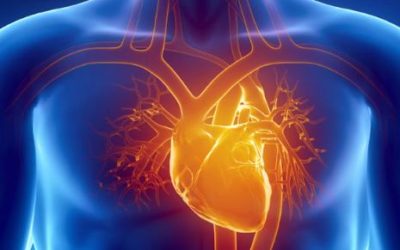With our present understanding of stem cells, it is possible to age gracefully while also improving health and longevity. Stem cells have the potential to aid in the aging process and can form a complex barrier that protects against the consequences of aging.
Increased wear and tear is associated with cellular damage that speeds up the aging process. Stem cells paired with the activation of anti-aging genes may be able to slow down the aging process. Increasing the number of circulating stem cells in the human body can rejuvenate tissues, allowing the body to age gracefully and even reverse some of the symptoms of aging.
Our cells age and become dysfunctional, which is a big part of the aging process. This aging process is called senescence and a cell that has reached the end of this aging process is called a senescent cell. Normally, in a healthy organism, senescent cells do not linger, instead, they trigger their own death through a process called apoptosis. This is a form of programmed cell death that occurs in everyone and is the result of a series of biochemical events that lead to characteristic cell changes and death, all of which are a part of healthy aging. As we will see below, it is the role of the body’s stem cells to replace the cells that are being lost, thereby maintaining health and longevity.

Figure 1: Free-floating DNA.
Many environmental factors such as pollution and toxicity exposure, and biological factors like stress, lifestyle, past injuries, and sickness, hasten the aging process. Changes in epigenetics (non-genetic impacts on gene expression) can cause aging and can be reversed to increase longevity. It is possible to slow down aging by modifying epigenetic expression, leading an active lifestyle and reducing hazardous environmental variables.

Figure 2 : Free floating stem cells
So, What Are Stem Cells?
Stem cells are the body’s raw materials — the cells that give rise to all other cells with specific roles. Adult stem cells with self-renewal, immunomodulatory, anti-inflammatory, signaling, and differentiation capabilities are known as mesenchymal stem cells. Mammals, particularly humans, use mesenchymal stem cells to partially repair sick or damaged organs and tissues. Hematopoietic stem cells, on the other hand, are responsible for the formation of blood cells.
The goal of stem cell research in aging is to figure out how stem cells work and how their regenerative capacity might be enhanced to help people live longer, healthier lives. Currently, bone marrow stem cells enter tissue and differentiate into tissue cells. Aging is a delicate balance of entropy (or the progressive breakdown of tissue) and regeneration (through stem cells). If the power of entropy exceeds the ability of stem cells to regenerate, aging occurs. Every day, stem cells repair injured or damaged tissues, but at some point in one’s life, the magnitude of damage caused by aging exceeds stem cell capacity. More research on how stem cells and anti-aging genes play a role in life extension is needed.
Stem Cell Enhancers
Beyond optimal health, there’s the idea of performance, or getting more out of our bodies than just managing the demands of daily living. Any physical activity that goes beyond regular daily movements, such as weekend hikes in the mountains and sporadic bike rides, can result in minor injuries to muscles, tendons, and ligaments. Increasing the number of circulating stem cells aids in the spontaneous healing of these tissues, resulting in a more pleasurable life experience. Because stem cells can transform into almost any type of cell in the body, promoting their natural role in the body can possibly improve the health of every organ and tissue, providing a golden chance for long-term health and wellness for almost everyone, including but not limited to:
- Age in good health and vigor.
- Improve sports performance at any age
- “Stem The Tide of Time” by boosting the body’s “Youthing System”
- Assist in the proper functioning of all organs and tissues.Stem cell enhancers, like antioxidants in the 1990s, are at the vanguard of a whole new category of nutritional supplements. People interested in learning more about the tremendous potential of stem cell enhancers and experiencing their advantages will be well served to learn more about them.

Figure 3 : STEMREGEN, stem cell enhancer

Figure 4: Health building blocks
Ultimately, aging is caused by more than just localized wear and tear. It’s a cumulative process of damage, and it’s one that can be significantly managed. Stem cells are a great possibility for regenerative medicine; nonetheless, it’s crucial to remember that these miracle cells could be the future of medicine for aging cellular therapies. Although aging research is still in its infancy, we’re obviously on our way to a time when scientists will be able to produce stem cell therapies that will help humans reverse aging and grow younger and healthier. Until then, the best thing one can do is take the appropriate actions to increase the number of circulating stem cells
Bibliography:
- Drapeau, C. (2021). The Stemregen Effect: Tapping Into The Power Of Your Own Stem Cells (First Edition). Kalyagen.
Endogenous Stem Cell Mobilization
Over the past decade the world has seen an unprecedented explosion in the field of stem cell research. Hardly a week passes by without an article in one of the main printed newspapers, describing a new breakthrough involving stem cells. Stem cell research is arguably today one of the most prolific fields of science.
Stem Cells, Health and Wellbeing
Stem cells can become cells of virtually any tissue and organ of the body, opening the possibilities to a wide range of benefits touching various aspects of human health.




